Functional Communication Assessment
Updated 10/2014: STOP the presses!!! I just made all of this into an awesome “all in one tool”! Not only does it assess social language skills, but you can type into the assessment as you go and have it write up the report for you!
Get more info about it here!!
My student teacher and I just completed a re-evaluation on a student with an Autism eligibility. So I had this on my mind. Then…. I spent the last two days learning how to administer the ADOS-2.
I am meeting on the aforementioned eligibility tomorrow and in the pre-planning stages for another Autism evaluation. Needless to say, Autism evaluations are on my mind! When I do Autism evaluations, I try to include standardized language testing (when I am able).
Depending on the student’s levels and native language, I often use the OWLS, PLS-4, or CASL for this evaluation. In addition to standardize testing, however, I must provide a Functional Communication Assessment… What language and social language skills can the student demonstrate in informal contexts?
Using both the incredible resources of Michelle Garcia Winner and Jill Kuzma I have developed a template for some of my own informal assessments when Autism is suspected for school-aged children.
Here are the parts to my assessment (can be done in any order):
1. Narrative Sample
I use one of my Dynamic Assessment stories of Three Billy Goats Gruff (younger kids) or Jack and the Beanstalk (older kids), or Aesop’s Fables (older kids and quick stories).
I like using these because not only can they be used for a language sample, but there are also story comprehension questions and a retelling rubric score. The pictures that go with the stories can be cut up for a sequencing activity if desired as well.
Considerations: Can the child retell a story with good sequencing, grammar, vocabulary and prosody? Can the child answer comprehension questions about the story?
2. Theory of Mind Tasks (from Jill Kuzman’s site)
Requires the child to take the perspective of another person who does not have he same information as himself.
Unexpected Box Contents: Place paperclips in a crayon box and ask, “What is in the box?” Then say, “If your mom came into the room right now, what would she think is in the box?”
Sally/Bob Task (I changed the names because I use line drawings and had to make them look different from each other by changing their genders!): 
Draw and point to each picture: “Sally put her ball in the toy box and then left the room. Bob then took Sally’s ball and put it into the dresser drawer. When Sally returns, where will she look for her ball.” Considerations: Can the child take the perspective of another person? Can the child imagine what someone else is thinking based on what he/she has experienced?
3. Emotional Understanding
Look at pictures of people displaying different emotions. My favorite source is this Pinboard from Pediastaff (pictures can also be printed out ahead of time). Ask the student, “What is the person feeling?” “Why do you think he/she is feeling that way?” Note whether the student answers correctly for feelings and if their “Why” answers seem reasonable.  Do 10+ emotional understanding pictures and record accuracy.
Do 10+ emotional understanding pictures and record accuracy.
Considerations: Can the child understand emotions based on facial expressions? Can the child guess why someone might feel that way?
4. Social Problem Solving
Look at pictures and prompts from this Pinboard from Pediastaff (pictures can also be printed out ahead of time). Note if the answers that the student gives are reasonable and expected. 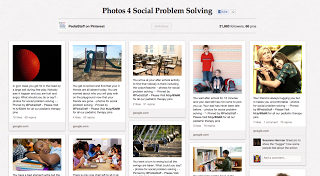 Do 5-10 problem solving questions, giving prompts only when needed.
Do 5-10 problem solving questions, giving prompts only when needed.
Considerations: Can the child determine reasonable ways to solve social difficulties? Does the child have problem solving skills regarding people?
5. Shared Attention
Tell the student, “I am going to look at different things in the room and I want you to guess what I am looking at and what I might be thinking about. For example, if I look at the window, then maybe I am thinking about the nice day and what I will do after school today. Now it’s your turn….”
Look at 10 different things and note the number of times that the student seems to follow you gaze and guess what you might be thinking about. Considerations: Does the child display join attention? Can the child take your perspective to guess what you are thinking based on where you are looking?
6. The Double Interview (from Michelle Garcia Winner)
Introduce the interview, “I am going to ask you some questions about yourself, your family, and your friends. Then I would like you to ask me some questions.”
Ask some or all of the following questions: “Who is in your family? What do you do together? What is your favorite thing to do at home? What is your mom’s favorite thing to do at home? What is your favorite food? What is your brother’s favorite food? Who are your friends? What makes them your friend? What do you like to do with your friends? What does your friend like to do? What is your friend’s favorite activity?”
Note whether the student answers reasonably for other people’s favorite activities/foods/etc. I recently had a student tell me that her mother’s favorite thing to do at home was “play with her toys.” Since I doubt that her mother gets on the floor and plays with the little girl’s toys for fun, I am assuming she has a difficult time taking the perspective of her mother.
Next turn the tables. Say, “Now I have learned some things about you, I’d like you to ask me some questions.”
Considerations: Is the child able to take the perspectives of those around him? Does he understand what a friend is and does? Can he ask questions to gain new information about you?
7. Maintaining a Topic
You can introduce this section by saying, “What would you say if I said….” Alternately, this can be a fun activity to do with puppets. After saying a phrase, see if the student responds and if you can keep the interaction going for several turns. Note the level of prompts and help that are needed. Examples of phrases include: “Ow! I hurt my finger. I’m hungry. I’m really worried about my grandpa. I’m so excited! I just saw the most incredible thing!”
Considerations: Can the child respond appropriately to conversational starters. Can he maintain a topic for several turns that he did not introduce?
8. Conversation with a Peer
In a natural or artificial setting (I’ve done conversation in the lunch room or in the speech room within therapy), transcribe at least one conversation between the child and a peer.
Considerations: Is the conversation flowing or stilted? Is the child able to maintain the topic of another or does he always choose the topic to discuss? What other noticeable characteristics does his conversation have with a peer?
I hope that these are helpful tools for you and that you are able to employ them in your assessments.
Are there any other informal tasks that you do within an evaluation for an Autism eligibility?
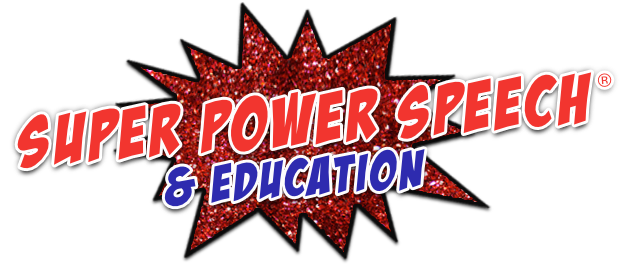
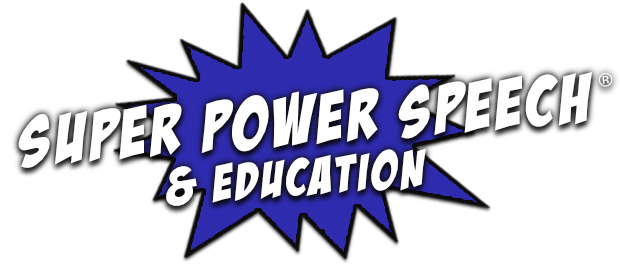
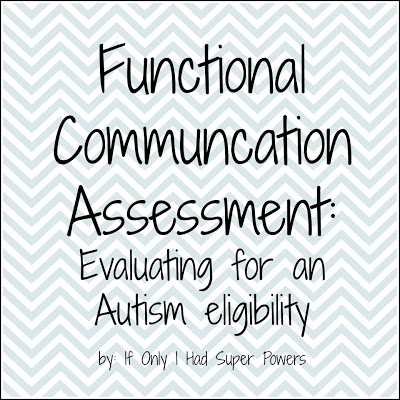


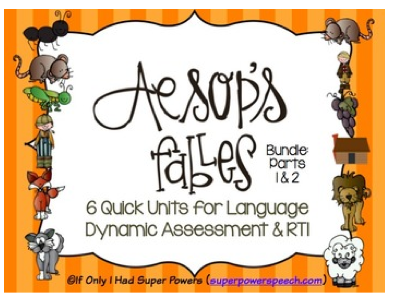

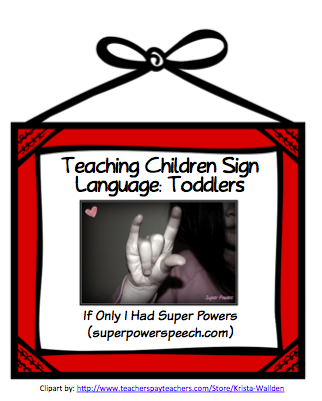
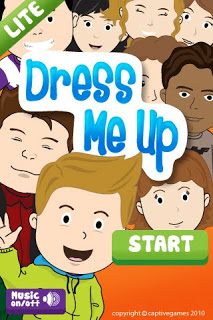

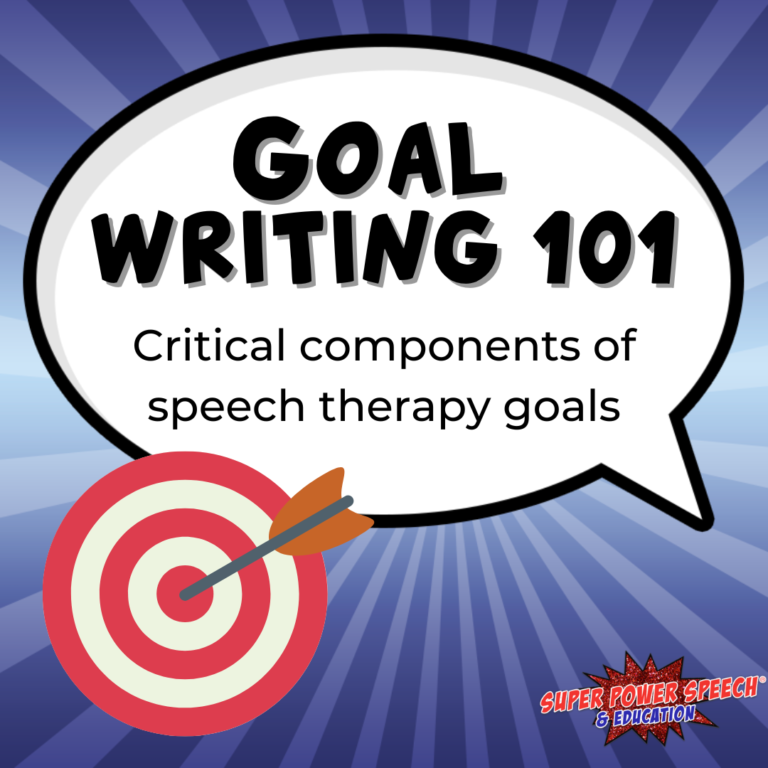
This is awesome and much needed! What a great structure!
I think you really do have super powers! This is great!
Thanks for that post! I too use Michelle Winner Garcia and various other resources, but haven’t made a frame work for assessments. Do you use this with all autism assessments (preschool and older)?
This is awesome!!! I was just working on something like this for my older life skills support kiddos. Just a way to summarize their functional communication skills.
This is great – so helpful! Thanks so much for sharing!
Helen
This is very helpful- thanks for posting! I am not able to get through standardized tests with some of my students, but these ideas seem practical and do-able!
Perfect timing! Just got consent to test a kiddo where I think I might have to do some of this. Thanks for posting!
Just found this post and it’s great. I must share on my FB page. I do like to add a few additional things areas of functional commuication as well: personal space (this is big for my younger kiddos who have no understanding of personal space and boundaries), peer interaction (with our therapized kiddos they show improvements with us as adults but continue to struggle with peers so I like to watch peer interactions (does the child play with peers? Does he/she join a group appropriately? Is he/she a collaborative player or does he/she need to direct the play? etc.-you get the idea), concrete problem solving and reasoning skills…sabotage in the moment and can the child problem solve the situation (or better yet, work with peers to problem solve situations). These are just a few things I like to add. So much great information can come from functional assessments!!! Great post! Thanks for sharing!
Where can I find the functional communication assessment? I have looked on TPT but could not find it. I need something to assess a 14 year old non-verbal student with Austism.
This is awesome! Can I feature you as my favorite “blog of the week?”
TIA!
DEvorah
sure! 🙂
Can I feature you as “Blog of the Week” on socialscene.org?
sure! 🙂